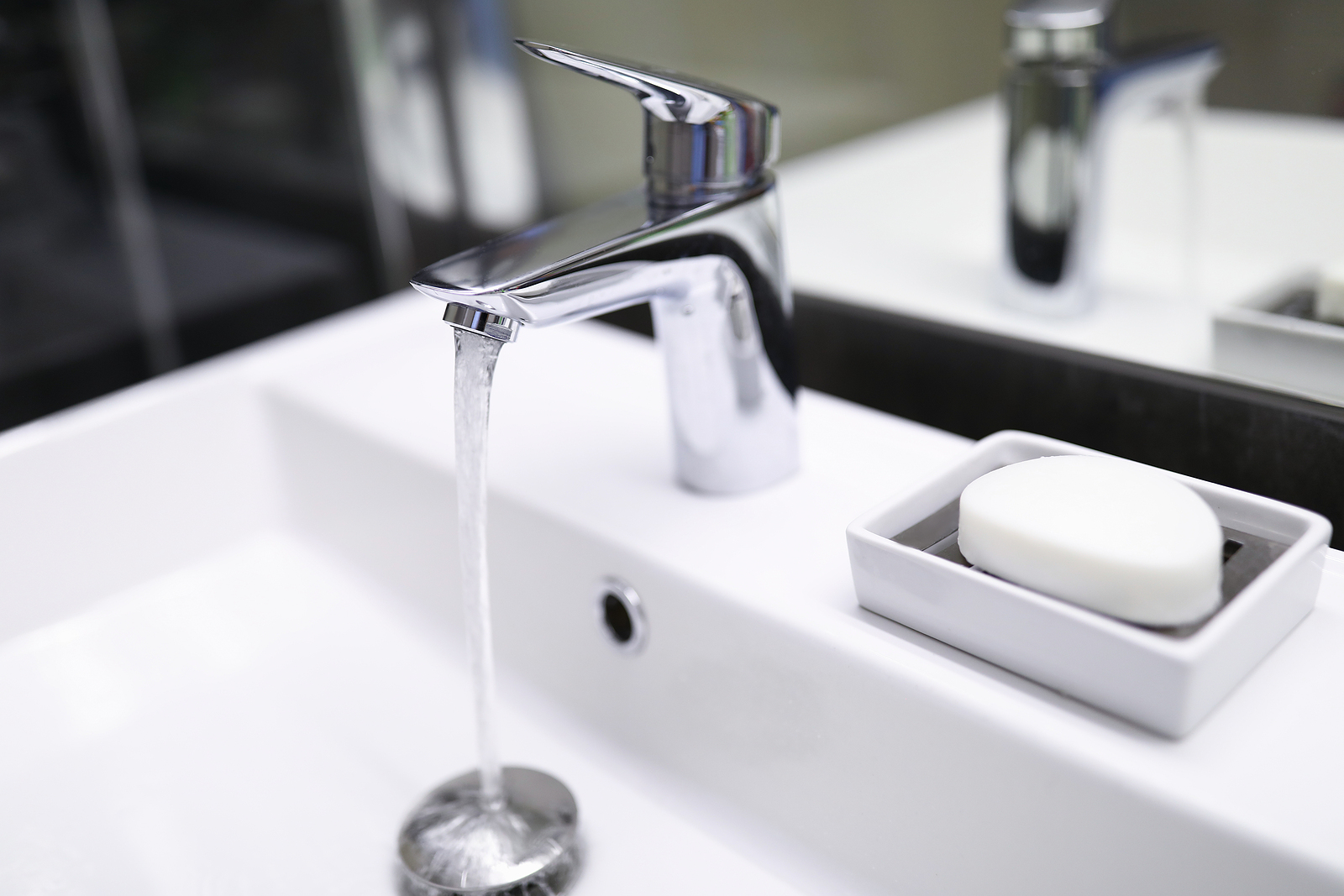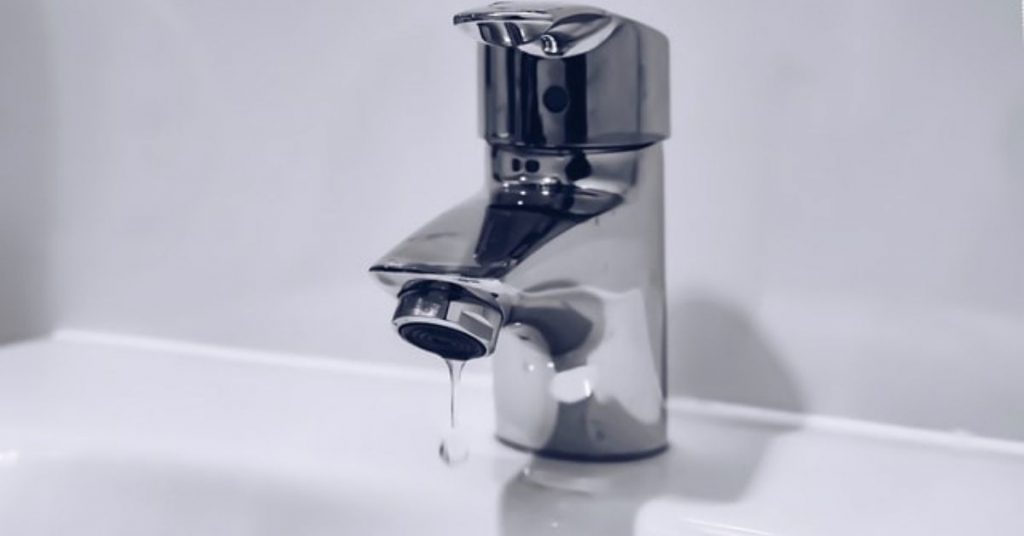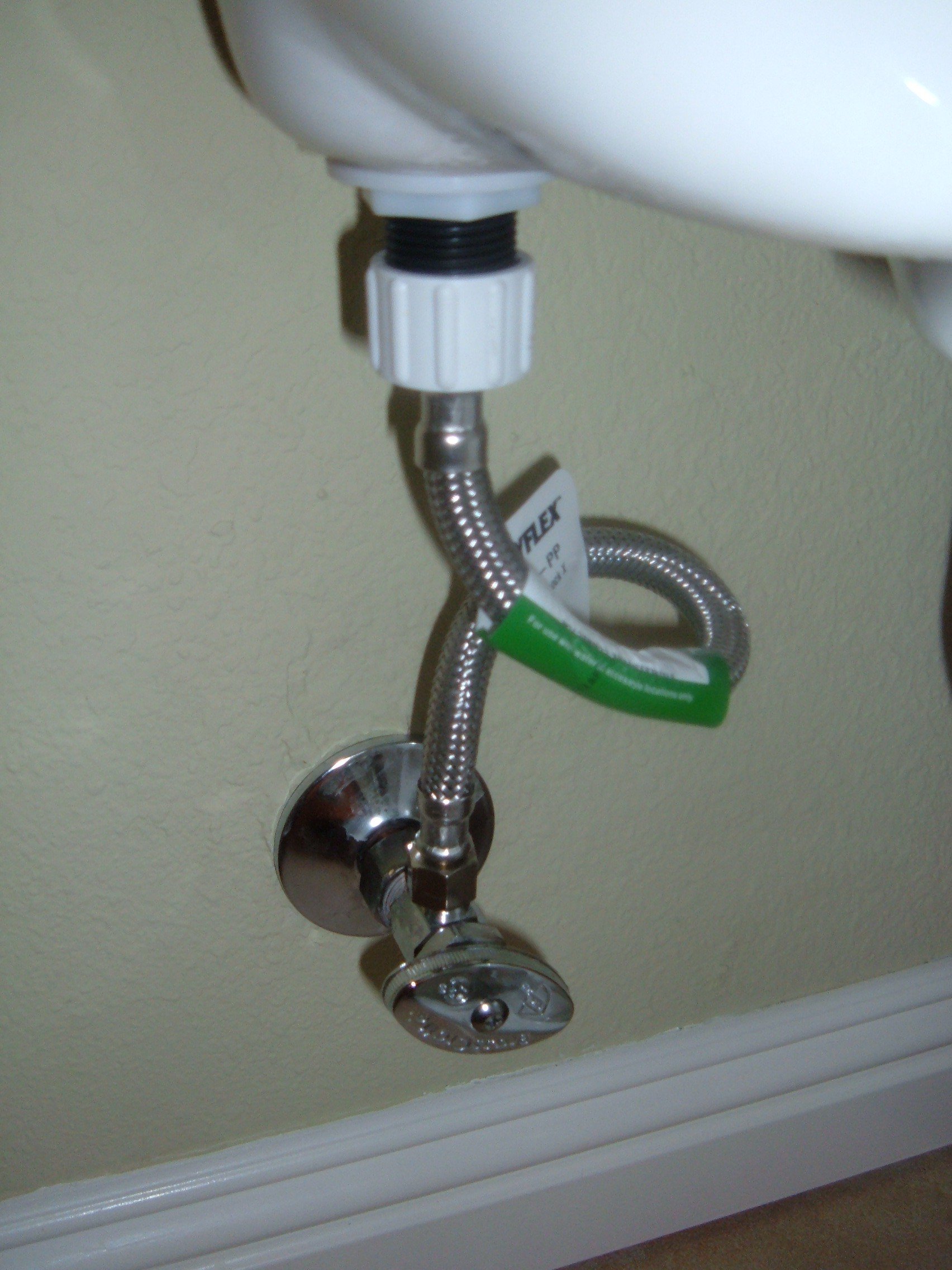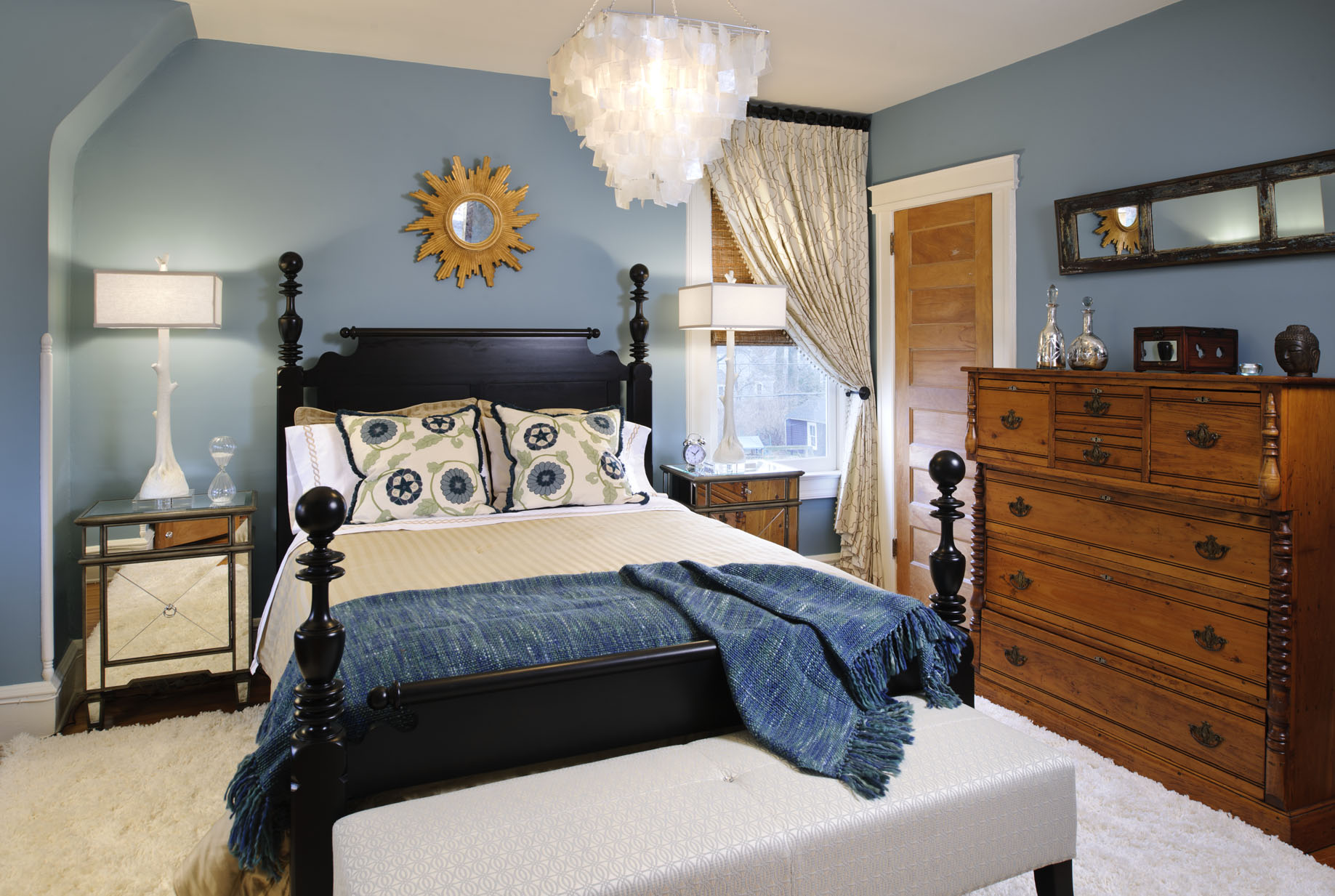If you have noticed a decrease in water pressure when using your bathroom sink, one of the potential causes could be a clogged aerator. The aerator is a small mesh screen attached to the end of the faucet that helps to regulate the flow of water and prevent splashing. Over time, mineral deposits and debris can build up in the aerator, causing it to become clogged and restrict water flow. To check if a clogged aerator is the culprit behind your low water pressure, simply unscrew the aerator from the faucet and clean it thoroughly. You can use a toothbrush or small brush to scrub away any buildup. If the aerator is beyond repair, it is easily replaceable and can be found at most hardware stores.1. Clogged aerator | Low water pressure in bathroom sink
The faucet cartridge is another potential cause of low water pressure in your bathroom sink. The cartridge is a small valve inside the faucet handle that controls the flow of water. Over time, the cartridge can become worn or damaged, leading to a decrease in water pressure. If you suspect that a faulty faucet cartridge is causing your low water pressure, it will need to be replaced. This can be a more complex task and may require the help of a professional plumber. However, it will ultimately improve the water pressure in your sink and prevent further issues.2. Faulty faucet cartridge | Low water pressure in bathroom sink
Leaking pipes are a common cause of low water pressure in bathroom sinks. Even a small leak can significantly reduce the water pressure in your sink. Leaks can occur in any part of the plumbing system, from the pipes under the sink to those hidden behind walls or under the floor. If you suspect that leaking pipes are the reason for your low water pressure, it is crucial to address the issue immediately. Not only can it cause a decrease in water pressure, but it can also lead to costly water damage and mold growth. A professional plumber can locate and fix any leaks in your plumbing system.3. Leaking pipes | Low water pressure in bathroom sink
Mineral buildup is a common issue in areas with hard water. Over time, minerals such as calcium and magnesium can accumulate inside pipes and fixtures, leading to a decrease in water pressure. This buildup can also cause clogs and damage to your plumbing system. To combat mineral buildup, it is essential to regularly clean your sink and faucet with a mixture of equal parts water and white vinegar. You can also install a water softener to prevent mineral buildup in the future.4. Mineral buildup | Low water pressure in bathroom sink
The shut-off valve is the valve that controls the water flow to your bathroom sink. If this valve is not fully open or is faulty, it can cause a decrease in water pressure. The shut-off valve is typically located under the sink or behind a panel in the wall. If you suspect that a faulty shut-off valve is causing your low water pressure, it may need to be replaced. This is a task best left to a professional plumber, as it requires specialized tools and knowledge.5. Faulty shut-off valve | Low water pressure in bathroom sink
In some cases, low water pressure in your bathroom sink may be a result of issues with your water supply. This can include problems with the municipal water supply or issues with your home's water well. If you are experiencing low water pressure throughout your entire home, it is likely a water supply issue. To determine if this is the case, contact your local water provider to see if there are any known issues in your area. If not, it may be necessary to have a professional plumber inspect your home's water supply system.6. Water supply issues | Low water pressure in bathroom sink
Corrosion is another common cause of low water pressure in bathroom sinks. Over time, pipes can deteriorate and become corroded, leading to a decrease in water flow. This is especially common in older homes with aging plumbing systems. If you suspect that corroded pipes are the reason for your low water pressure, it is crucial to have them replaced. Not only can corroded pipes cause a decrease in water pressure, but they can also lead to leaks and other plumbing issues.7. Corroded pipes | Low water pressure in bathroom sink
A pressure regulator is a valve that regulates the water pressure in your home. If this valve is not working correctly, it can lead to a decrease in water pressure throughout your home, including your bathroom sink. To determine if a faulty pressure regulator is the cause of your low water pressure, it is best to contact a professional plumber. They can inspect the valve and make any necessary repairs or replacements.8. Faulty pressure regulator | Low water pressure in bathroom sink
In some cases, air in the pipes can cause a decrease in water pressure. This can happen when air becomes trapped in the plumbing system, creating an airlock. The airlock prevents water from flowing freely, resulting in low water pressure. To fix this issue, you can try turning on multiple faucets in your home at the same time. This can help to release the trapped air and restore water pressure. If this does not work, a professional plumber can help to remove the airlock.9. Air in the pipes | Low water pressure in bathroom sink
Finally, a plumbing blockage can also cause low water pressure in your bathroom sink. This can occur when debris, hair, or other materials become stuck in the pipes, restricting the flow of water. To determine if a plumbing blockage is causing your low water pressure, try using a plunger or plumbing snake to clear the blockage. If this does not work, it may require the help of a professional plumber to remove the blockage and restore water pressure. By understanding the potential causes of low water pressure in your bathroom sink, you can take the necessary steps to fix the issue and improve your water flow. Whether it's a simple clogged aerator or a more complex plumbing issue, addressing low water pressure can make a significant difference in your daily routine.10. Plumbing blockage | Low water pressure in bathroom sink
Reasons for Low Water Pressure in Bathroom Sink

Common Causes of Low Water Pressure
 One of the most common complaints homeowners have about their bathroom sink is low water pressure. This can be a frustrating problem, especially when trying to wash your hands or brush your teeth. But what are the possible reasons for this issue? Let's take a closer look at some of the common causes of low water pressure in the bathroom sink.
One of the most common complaints homeowners have about their bathroom sink is low water pressure. This can be a frustrating problem, especially when trying to wash your hands or brush your teeth. But what are the possible reasons for this issue? Let's take a closer look at some of the common causes of low water pressure in the bathroom sink.
Blocked or Clogged Pipes
 One of the main reasons for low water pressure in the bathroom sink is blocked or clogged pipes. Over time, pipes can become clogged with mineral deposits, debris, or even hair. This can restrict the flow of water and result in low water pressure. If you notice a decrease in water pressure, it's worth checking your pipes for any blockages and cleaning them out.
One of the main reasons for low water pressure in the bathroom sink is blocked or clogged pipes. Over time, pipes can become clogged with mineral deposits, debris, or even hair. This can restrict the flow of water and result in low water pressure. If you notice a decrease in water pressure, it's worth checking your pipes for any blockages and cleaning them out.
Malfunctioning Faucet or Aerator
 Another possible cause of low water pressure in the bathroom sink is a malfunctioning faucet or aerator. The aerator is a small screen inside the faucet that helps regulate the flow of water. If it becomes clogged or damaged, it can disrupt the water pressure. Similarly, if the faucet itself is faulty or worn out, it can also affect the water pressure. In these cases, a simple repair or replacement of the aerator or faucet can fix the issue.
Another possible cause of low water pressure in the bathroom sink is a malfunctioning faucet or aerator. The aerator is a small screen inside the faucet that helps regulate the flow of water. If it becomes clogged or damaged, it can disrupt the water pressure. Similarly, if the faucet itself is faulty or worn out, it can also affect the water pressure. In these cases, a simple repair or replacement of the aerator or faucet can fix the issue.
Water Supply Issues
 Sometimes, the problem may not lie within your home but rather with the water supply itself. If there is a disruption or maintenance work being done on the main water supply, it can result in low water pressure in your bathroom sink. You can check with your local water authority to see if there are any reported issues or outages in your area.
Sometimes, the problem may not lie within your home but rather with the water supply itself. If there is a disruption or maintenance work being done on the main water supply, it can result in low water pressure in your bathroom sink. You can check with your local water authority to see if there are any reported issues or outages in your area.
Old Plumbing System
 Another cause of low water pressure in the bathroom sink could be an old plumbing system. As pipes and fixtures age, they can become corroded or damaged, affecting the flow of water. If your home has an older plumbing system, it may be time to consider upgrading to improve water pressure and avoid future issues.
Another cause of low water pressure in the bathroom sink could be an old plumbing system. As pipes and fixtures age, they can become corroded or damaged, affecting the flow of water. If your home has an older plumbing system, it may be time to consider upgrading to improve water pressure and avoid future issues.
Conclusion
 Low water pressure in the bathroom sink can be a frustrating problem, but it is often easily fixable. By identifying the cause of the issue, you can take the necessary steps to improve the water pressure and ensure a smooth flow of water. Whether it's clearing out clogged pipes, repairing a faulty faucet, or upgrading your plumbing system, addressing the root cause will help you enjoy a functional and efficient bathroom sink.
Low water pressure in the bathroom sink can be a frustrating problem, but it is often easily fixable. By identifying the cause of the issue, you can take the necessary steps to improve the water pressure and ensure a smooth flow of water. Whether it's clearing out clogged pipes, repairing a faulty faucet, or upgrading your plumbing system, addressing the root cause will help you enjoy a functional and efficient bathroom sink.









:max_bytes(150000):strip_icc()/clearing-a-blocked-faucet-aerator-2718807-07-b5a90554991f4bb69efb45a472df7f23.jpg)






























/low-water-pressure-2718732-05-99eb1816e88841c593aeeaaaf330085b.jpg)











